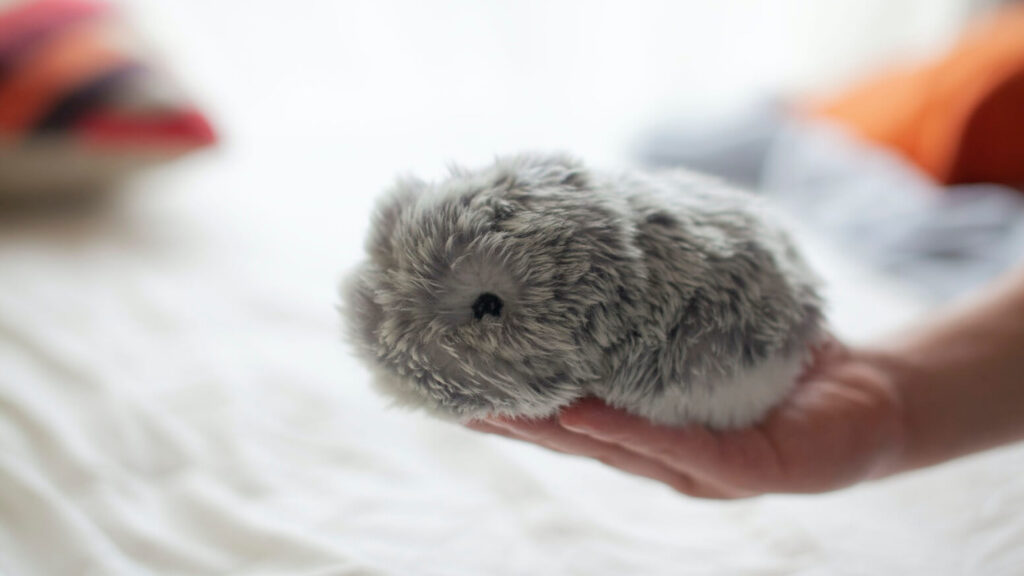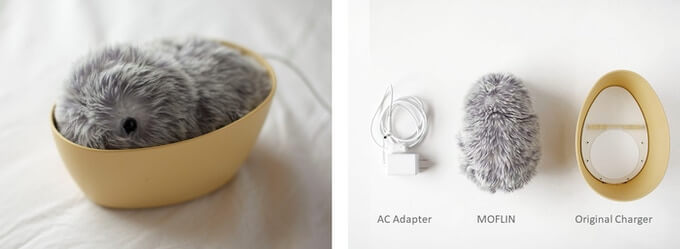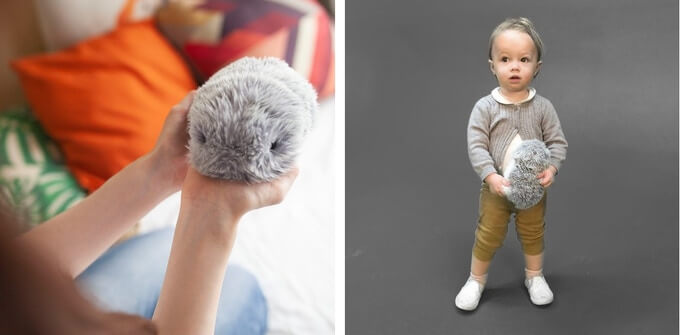Keeping a fuzzy companion in the house is a comforting, therapeutic experience. Pets, regardless of their kind or species, can be a good friend to people and bring some positive aspects to the mental conditions of loners, such as improving their mood and decreasing anxiety.
According to the essay published on the Help Guide Organisation, authored by Kai Lundgren, Lawrence Robinson, and Robert Segal, people with pets are less likely to have depressed feelings in comparison to those who don’t have pets.
However, pets cannot be adopted just solely for “therapeutic” reasons without any preparedness — owning a pet requires responsibilities and a good financial foundation.
Adopting a pet is nothing different from having a new family member in the house. People who are expecting to adopt a pet need to study and be prepared well — if they never had one before — for the happiness of their own and their fuzzy friend. Pet owners must take their pets for regular health check-ups, do exercise with them, such as walking or running, feed them, and other activities to keep them healthy and happy.
To some, perhaps, keeping up with the pets may not be an easy job, especially when they do not have much spare time to make up.
For those loners who have a void in their hearts to fill but do not have any time to spare, companies around the world have started to introduce robotic pets powered by artificial intelligence since 2018.
A Japanese company Yukai Engineering, for example, launched its first robotic pet Qoobo in 2018. Shaped like a round cushion, the product has a robotic tail that can react to touches. The company denoted this robot as a “cushion-tailed therapy robot” that can provide emotional support by wagging its tail, “a communication tool that does not require words”.

Earlier this year, potential AI-pet owners were in awe by a robot pet introduced by another Japanese company, Vanguard Industries.
Vanguard Industries, a tech company based in Tokyo, Japan, showcased their AI-pet Moflin to the customers at the Consumer Electronics Show 2021, an annual convention of electronic products that takes place in Las Vegas, United States.
Moflin, a round, fuzzy robot that looks like a grey-haired ball from a distance, is a pet that can develop its personalities based on how its owners treat them. This robotic pet, which won the best innovation award for robotics in CES 2021, can feel excited, nervous, or sad, just like real pets.

Masahiko Yamanaka, CEO of Vanguard Industries, who previously studied engineering and worked as a consultant at IBM, told 4i Magazine that Moflin is built to be involved in a “familiar part” of our lives.
“In our efforts to develop and create innovations in various technologies, we focused, not only on the appearance of Moflin but also on the potential of technologies that can be felt closer to people, actively used in their daily lives while improving the quality of their lives as well,” Mr. Yamanaka said in an e-mail interview with 4i Magazine.
From the very beginning of its development, the company tried to make Moflin come across as an adorable life companion for humans. The robotic pet is small and “huggable”, being 16 centimetres long and weighing 300 grams, reminding the size of a baby animal.

The company came up with a cute name for the robotic pet as well. “Mof” from its name “Moflin” is translated as “fluffy”, “cute”, “warm”, and “gentle” in Japanese.
What distinguishes Moflin from any other robotic product out in the market is its skill to develop emotions and personalities.
According to the company, the robotic pet has an internal emotion map and can analyse its surroundings through external sensors. It can express its feelings by making cute squeaky noises and doing little flinches and tilts.
To build such emotional algorithms and reactions, Mr. Yamanaka explained that the development team studied the real animals’ behaviours and enabled Moflin to imitate them in an adorable way.
“We have collected and analysed the sounds and examined the structure of many behaviours (of real pets),” he said. “We tried to understand how cute such gestures may look (when they are applied to Moflin).”
As Moflin is technically a gadget, it still needs to be recharged now and then. Its charging station, wireless, looks like a bird’s nest. If the owner sits Moflin inside the nest, it will start to charge while making calm, squeaky sounds as if it is sleeping inside there.
The company explains that Moflin’s cute behavioural patterns and sounds will “soothe our souls”.
“Features of Moflin are achieved through technology and ingenuity,” Mr. Yamanaka continued. “They are born with emotions and they change as they grow into their personalities.”
Moflin cannot understand what its owners say verbally, but owners can still interact with Moflin by stroking its back and observing its reactions, the company explains.
With the spread of COVID-19, the project to develop Moflin went through many challenges since last year, especially in acquiring necessary electronic components, such as semiconductors. Due to the shortage of production of semiconductors, it was not easy for the company to find the appropriate level of budget to build Moflin.
However, the product is set to be delivered to the first group of customers this year thanks to the financial support received through crowdfunding websites, such as Kickstarter and Indiegogo.
Moflin has successfully raised around 65 million Japanese yen ($590,000) on Kickstarter as of date.
People can meet Moflin in person at the starting price of $450 via these websites. The first round of shipping will be made later this year to those supports.
The company’s initial plans for the AI-pet is mass production and worldwide shipping. However, their possibilities do not have limits.

“Moflin is receiving inquires from, not only mass merchandisers but also various fields and industries,” Mr. Yamanaka said.
“For example, we are getting requests and inquiries from elderly healthcare facilities and educational institutions with children. (These two fields will be some of the first target customers we are aiming at.) Our first goal is to get feedback from these two fields.”
When asked about his expectation on the market’s reaction, Mr. Yamanaka was positive that many people will adore Moflin once it is officially out.
“We have been exhibiting our products (including Moflin) at B8ta, a hands-on store in Tokyo since last summer,” Mr. Yamanaka said. “People (who visited the store) showed high expectations for Moflin, as it was not a regular technological gadget or robot — it was a new pet.”
Mr. Yamanaka hopes Moflin to help those who are feeling lonely or anxious, especially during a time like now, with the pandemic interrupting our social interactions with other people.
“The concept of Moflin is a touchpoint for technology in our daily lives and suggests many possibilities,” he said.
“For example, not only can they watch over the elderly and assist in the education of children, but they can also be a loving friend to adults who are living through their lives disturbed by the COVID-19 crisis.”



